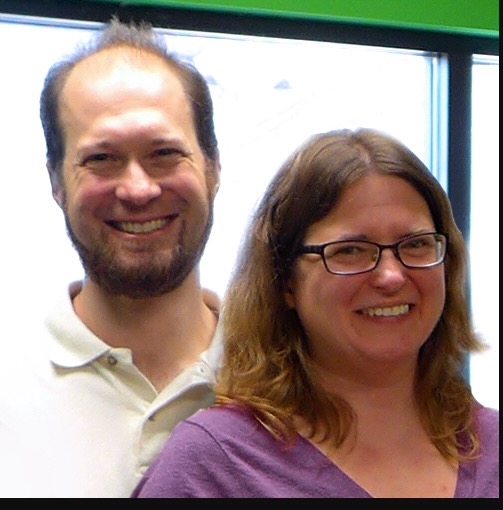The Future of Patchwork Central, Community, and Hope

To Be and Do Podcast: Episode Reflection – The Future of Patchwork, Community, and Hope
In the latest episode of the To Be and Do podcast, host Philip Amerson sits down once again with Amy and John Rich, co-directors of Patchwork Central in Evansville, Indiana. This episode is not just a check-in; it’s a deep dive into the challenges, hopes, and missions that shape this unique community center. Through honest conversation, the Riches share both their anxieties and aspirations, offering listeners a window into the realities of running a grassroots social-service organization in a time of economic and social uncertainty.
Here are three key takeaways from the episode:
1. The Headwinds Facing Patchwork and Its Community
Both Amy and John spoke candidly about the precarious state of funding for social services. Amy highlighted the “major headwind” caused by widespread funding cuts—not just to Patchwork itself, but also to allied organizations and essential services throughout the region. She notes, “Any cuts anywhere in the whole system start to kind of make the system start to fall apart a little.” The ripple effect of these cuts threatens the stability of community support structures, making Patchwork’s future uncertain—yet the need for its programs and presence is as vital as ever.
2. The Real-World Impact of Medicaid Changes
John offered an insightful, accessible explanation of looming changes to Medicaid, addressing both practical effects and broader implications. He explained that many recipients already work, debunking myths around “work requirements,” and warned that the addition of more red tape simply risks disenfranchising vulnerable individuals. His concern is palpable: “People are going to come to me...they’re going to try to get primary care from me, and I just can't do that… I’m afraid that I’m going to be really overwhelmed by a lot more need.” Crucially, the episode underscores that these policy changes touch everyone, not just those currently uninsured or underinsured, pointing out that hospitals and entire health systems could also be destabilized as a result.
3. Hope, Identity, and the Patchwork Spirit
Despite these challenges, the conversation never loses sight of hope. When asked about symbols or stories that ground them, the Riches share delightfully personal artifacts and memories. John describes a patchwork stole made by Amy, stitched together from meaningful fabrics, as a tangible sign of partnership, purpose, and the intertwining of their lives and work. Amy, meanwhile, shares her fascination with the odd, found objects left behind at Patchwork—symbols of the organization’s eclectic, welcoming spirit. She celebrates the beauty and value in the unexpected, remarking on how Patchwork has always “meandered” and adapted as needs and circumstances changed.
By the end of the interview, Phil Amerson offers an uplifting reflection: “You look a lot more like the church of the future...a random collection of odd things that come together in community.” This episode thus reminds us that while independence is important, “interdependence is so much more important”—and that it is within these webs of relationship and care that resilience and hope are born.
Listeners are encouraged to learn more about Patchwork Central via their website, consider making a donation, and to keep returning to the To Be and Do podcast for more stories of vision, compassion, and real-world impact.








